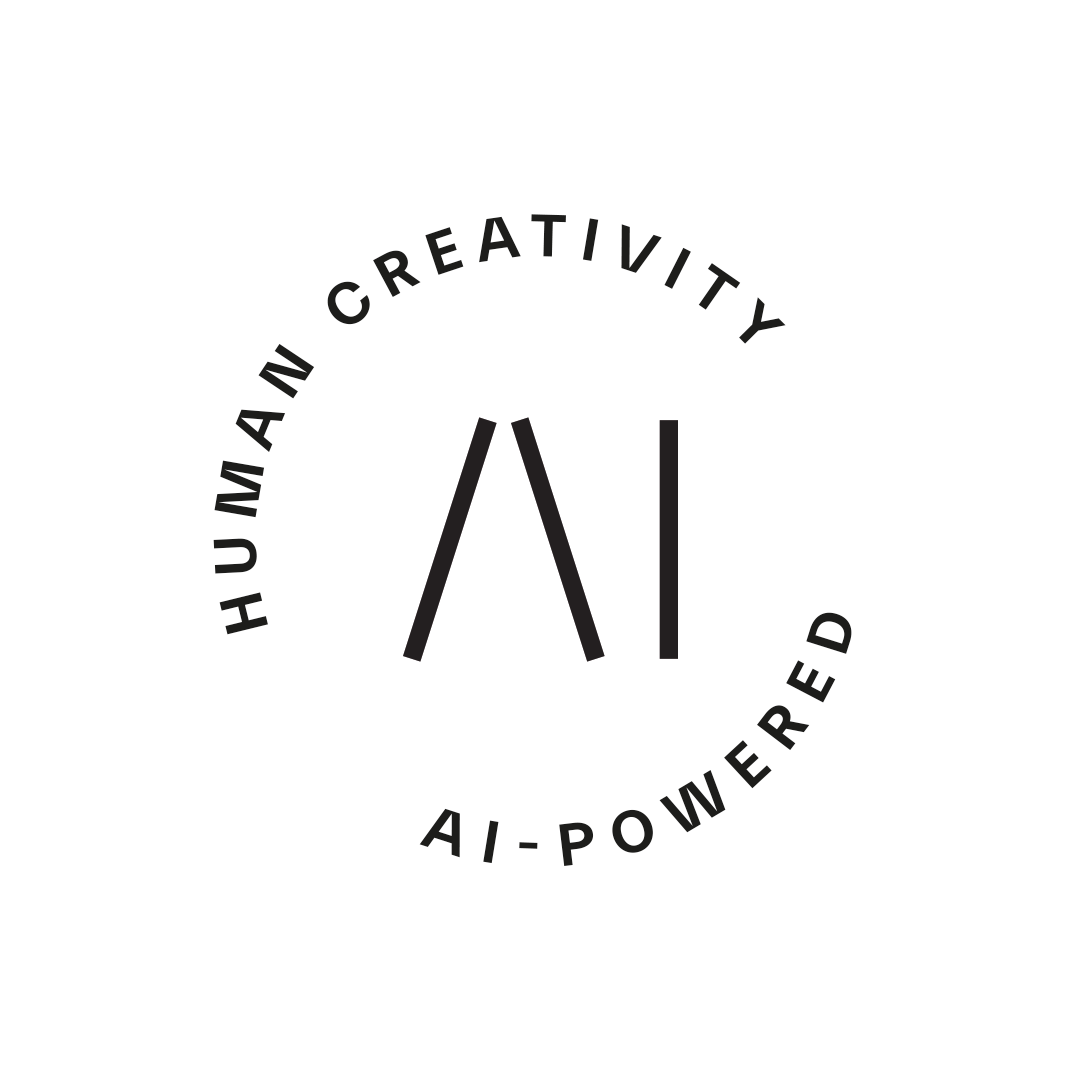Digital transformation // AI // artificial customer
Contact Us → Contact Us →Imagine starting your workday not by checking dashboards, but by having a conversation with an AI agent that already knows what your customers are thinking, what your competitors are doing, and what opportunities you should pursue today. This isn't science fiction – it's the reality that forward-thinking companies are building with artificial customer systems.
During a recent webinar on "Reinventing Market Intelligence with AI," Petri Lattu, Innovation Lead at Siili Solutions, shared a story about a Swedish electronics company with "the best insight team I have ever worked with." Every quarter, they produced a brilliant 200-page report that covered market trends, consumer segments, and cultural phenomena worth attaching the brand to.
The problem? Nobody read it.
"Even though the work was great, no one really read it and it didn't actually create any movement," Petri explained. "So what we did was take this beautiful work, this massive report and broke it down into snackable content. Instead of providing people this massive treasure of data, we gave them almost like tweets."
This scenario plays out everywhere. Traditional CRM systems excel at storing data but fail at making it actionable. They provide historical views when teams need predictive insights. By the time you've analyzed last quarter's data, the market has already shifted.
The death of static dashboards
The solution isn't better dashboards – it's active intelligence systems that think, reason, and recommend actions based on deep customer understanding. This is where the "Artificial Customer" emerges: an AI agent trained on customer insights that guides decision-making through natural conversation.
"There are two main targets for the artificial customer," Petri explains. "One is how to make even large organizations more insight and data-driven, and most importantly make the data approachable and actionable. The second is how to make working with AI a natural, almost ritualistic process in the everyday."
For a deeper dive into the artificial customer concept, read our comprehensive guide: Artificial customer: How to make insights actionable and AI adoptable
Think of it this way: instead of logging into multiple systems, you start your day asking, "What should I focus on today?" The artificial customer responds with specific recommendations based on overnight analysis of support tickets, market movements, and customer behavior patterns.
How it works in practice
During the webinar demonstration, Anna, a telecom salesperson, checks in with the artificial customer representing small architectural agencies. The AI immediately highlights that this segment experiences higher churn and feels underserved by complex enterprise services.
Within minutes, Anna and the artificial customer design concept "Care for 10" – a tailored service package with special pricing strategy and positioning for companies with under ten employees. "This would have taken a traditional company six weeks from need to execution," Petri observed. "Anna did it during her morning coffee."
The artificial customer operates on three principles:
- Personality-driven intelligence: Designed with specific personalities based on customer archetypes, thinking like them rather than just presenting data.
- Contextual conversation: Natural dialogue instead of dashboard searches – "Does this pricing work?" "How would customers react to this feature?"
- Real-time synthesis: Continuously processes internal data alongside external market intelligence for timely, relevant recommendations.
The external knowledge advantage
While internal data provides crucial customer insights, the most powerful systems extend intelligence through external knowledge bases. As Mikko Honkanen, co-founder of Vainu, explained: "The answers simply are better if they have access to proprietary data outside the initial training model and outside of the internal data it can access."
Consider a private equity consultant tracking investment targets. Rather than manually monitoring companies for equity changes, the artificial customer automatically analyzes financial statements, identifies when companies issue new shares, and alerts with contextual analysis.
When a target raises a Series B round, the AI can immediately assess product-market fit, identify gaps, and suggest strategic opportunities – all based on real-time analysis of external documents and competitive intelligence.
Real-world application: Salesforce and Vainu
Companies are already implementing these concepts. Salesforce's Agentforce platform integrates with external sources like the Vainu API, accessing Nordic company databases, financial statements, and public documents to identify companies showing rapid growth, organizations facing challenges, and market trends affecting entire sectors.
This external intelligence transforms the artificial customer from a sophisticated chatbot into a genuine business intelligence partner that identifies opportunities before they become obvious.
Implementation strategy
Rolling out an artificial customer system doesn't require complete technology overhaul. The most successful implementations start with specific teams and use cases, then expand based on proven value.
Petri addresses common data concerns: "It's not as hard as we think because the sentiment analysis on the latest models is so good. We're not just listening about pain points, but how customers felt. There's so much material already that's not used, even on some dusty server somewhere. So we can start pretty small."
The process follows four steps: archetype design, data integration, interface selection, and scaling strategy.
The psychology of AI adoption
The biggest challenge isn't technical – it's psychological. "We need to create empathic relationships with AI," Petri notes. "If you use AI like Google, you get Google. But if you use it as a thinking partner, two magical things happen: it's about co-thinking rather than accuracy, and the power dynamic changes."
This requires "relinquishing your ego" and accepting that AI can identify patterns human analysis might miss.
Industry leaders
Certain industries lead adoption. Petri identifies two categories: high-volume, low-involvement companies (insurance, banks, telecoms) and complex B2B industrial companies with fragmented sales processes seeking customer insight-driven operations.
Future-proofing your strategy
The shift represents fundamental change in how companies operate. Organizations mastering these capabilities enjoy speed to market, personalization at scale, predictive intelligence, and strategic agility.
As Honkanen observes: "What used to be RevOps, maybe it's agent ops going forward because you can do so much more when you work with agents. Things that used to take weeks can now be done in hours."
The path forward
The artificial customer represents the evolution from data storage to active intelligence, from reactive reporting to predictive guidance. For sales, RevOps, CRM, data, and strategy professionals, the question isn't whether this technology will transform operations, but how quickly you can harness its capabilities.
The companies that succeed will start experimenting now and build organizational capabilities to work effectively with AI agents. They'll move beyond asking "What happened?" to exploring "What should we do next?"
The artificial customer doesn't replace human insight – it amplifies it. It makes strategy more dynamic, relationships more informed, and every interaction more valuable. The future belongs to organizations that can think like their best business developers at scale.
Ready to explore how artificial customer systems could transform your go-to-market strategy? The technology is here, the use cases are proven, and the competitive advantages are waiting.
The technology is ready. We are ready to start building. Let's make your Artificial Customer real. Start small. See the difference. Then scale into every team, every decision, every offering.
About the author

|
Petri Lattu Innovation Lead at Siili Solutions |
Petri Lattu is the Innovation Lead at Siili Solutions, where he helps businesses navigate the evolving landscape of artificial intelligence (AI) and digital transformation. With a background in design, technology, and business strategy, Petri specializes in bridging AI advancements with real-world applications, ensuring organizations maximize their AI potential. At Siili, he plays a key role in demystifying AI, developing prototypes of future AI-driven organizations, and crafting practical strategies for AI adoption. His expertise lies in identifying meaningful opportunities amid the AI hype and guiding companies toward sustainable, high-impact AI integration. Beyond his professional work, Petri is being raised by Lumen and Linus, his unruly kids and his brilliant and patient partner.

